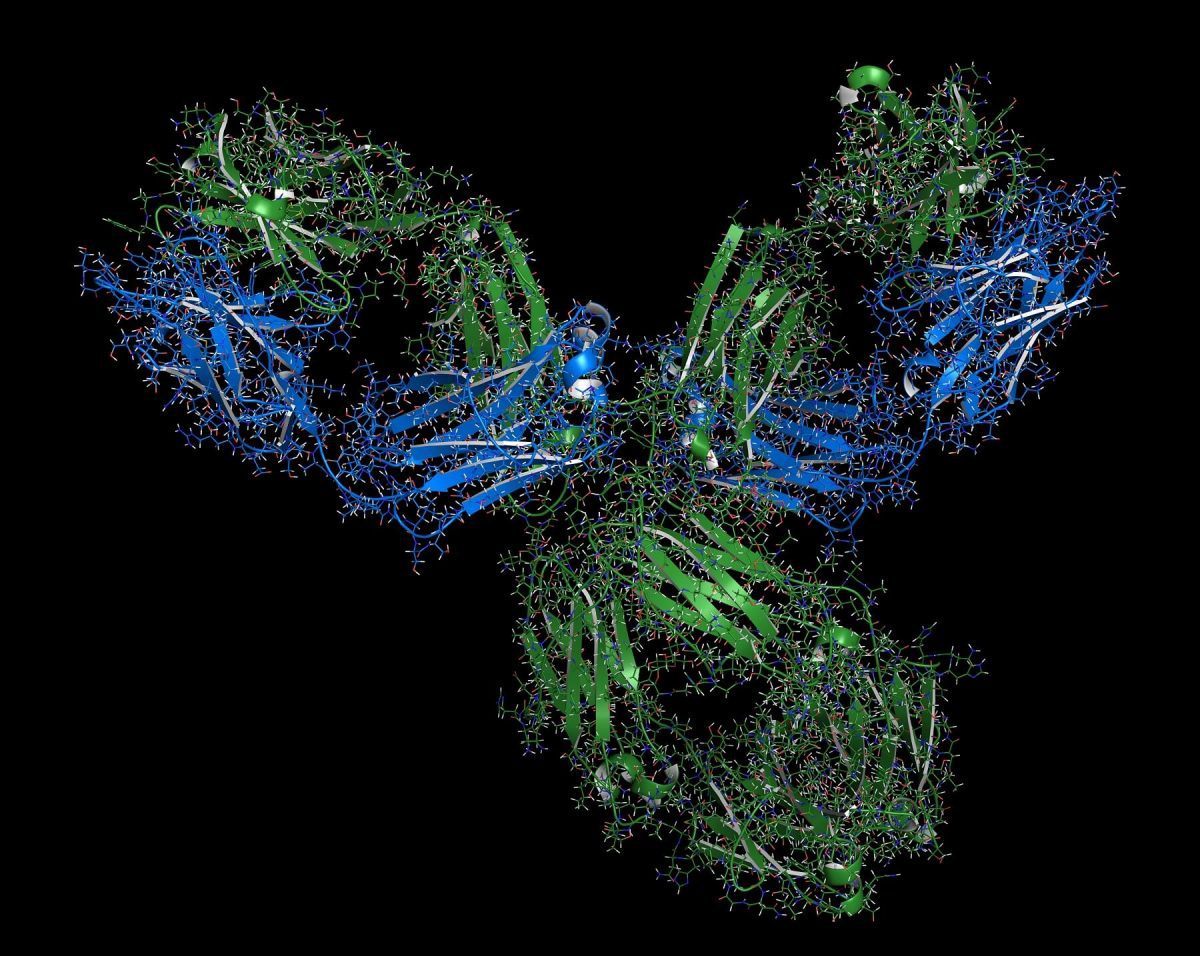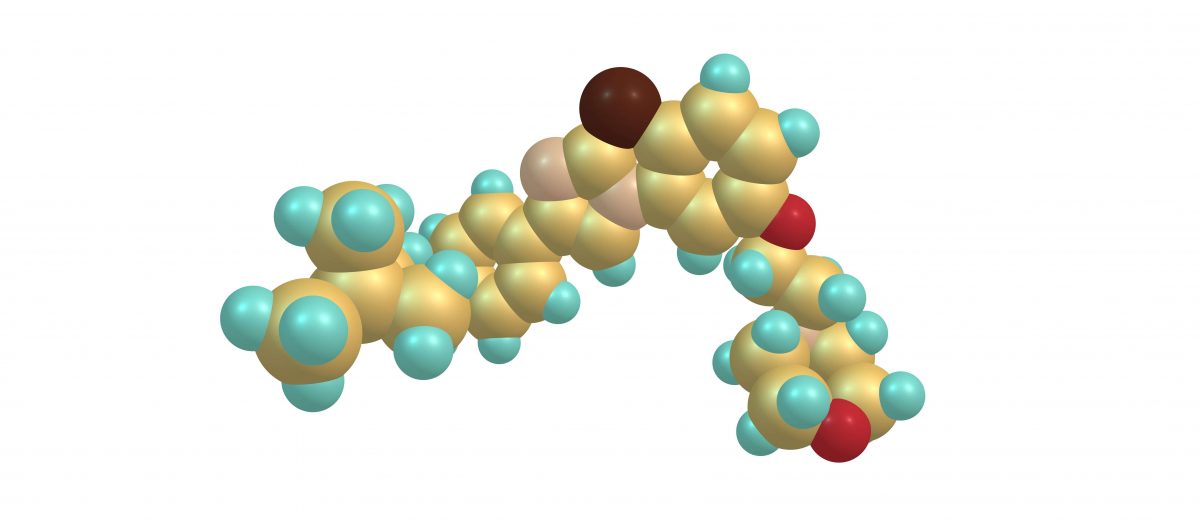Big drug, little drug: Capitalising on large molecule progress
What does progress in the large molecule space mean for small molecule drug discovery? With the FDA approving the 100th antibody drug last year, Dr. John Unitt, our Vice President of Immunology and Inflammation Drug Discovery reflects on how well we have exploited this exciting progress with follow-on small molecule drug discovery.

Big drug: The structure of an antibody drug
As a drug hunter in the immunology and inflammation therapeutic space, I’ve focused my attention on biologics in this disease area that have paved the way for modulating and clinically validating a range of hard-to-drug biological targets.
You can think of the usual suspects here, like the cytokines, TNFα and IL-17, linked to diseases such as rheumatoid arthritis and psoriasis and validated in the clinic by neutralising antibodies.
These cytokines have complex, multimeric receptors and ligands that have made small molecule approaches hard to stomach and leverage investment for.
Consider TNFα; it’s a hefty trimer ligand engaging an even bigger trimer receptor – on face value, that’s a lot of molecular Velcro to unpick with a single small molecule interaction.
Not surprisingly, small molecule drugs for these high-value biologically validated drug targets are highly desirable but have remained elusive – the so-called “high-hanging fruit”, out of reach at the top of the drug discovery tree.
Download John’s eBook on anti-inflammatory drug discovery

Little drug: A small molecule inhibitor
Yet since biological drugs appeared in the 2000s, the drug discovery landscape has changed enormously to make small molecule approaches to challenging biological drug targets more appetising.
Let’s look at some of the key drivers.
Targets already validated
Biologics have clinically validated a lot of cytokines and processes, de-risking them as drug targets and providing a well-trodden way forward, making them more attractive for small molecule drug discovery.
No drug modality is perfect, though, and biologics have well-understood advantages and limitations that an equivalent small molecule can overcome.
| Property | Small molecules | Biologics |
| Size | Small MW (< 1 KDa) | Large MW (1-200 KDa) |
| Chemical stability | Stable | Unstable |
| Structure | Simple | Complex |
| Specificity | Low | High |
| Preferred route of administration | Oral | Parenteral |
| Tissue permeability | High | Low |
| Metabolism | Hepatic P450 oxidation and conjugation | Nucleases, peptidases/proteinases, hydrolases |
| Distribution | Via blood circulation
Easily distributed |
Via blood and lymphatic circulation
Limited distribution |
| Immunogenicity | No | Yes |
| Current drugs | 90% | 10% |
| Cost to make | Low | High |
Innovation and smarter technology
Technology has come a long way.
We’ve seen the advent of new hit identification approaches like DNA-encoded compound libraries, fragment screening, and an increased ability to determine and exploit complex receptor and ligand-protein structures.
| Cytokine (neutralising antibody drug) |
Follow-on small molecule commercial activity | Hit identification strategy |
| TNFα (Adalimumab) | UCB, BMS | In silico/Fragment |
| IL-17 (Ixekizumab) | C4X/Sanofi, Dice, Ensemble/Novartis | In silico
DEL/Macrocycle |
| IL-1β (Canakinumab) | None | |
| IL-12/23 (Ustekinumab) | None |
The future trajectory will be fascinating to follow.
Will the breakthroughs seen for TNFα and IL-17 provide a foundation to catalyse the exploitation of other clinically validated cytokines like IL-1β and TSLP?
Let’s hope so – the patients are waiting!

Dr. John Unitt, VP Inflammation and Immunology, Sygnature Discovery
